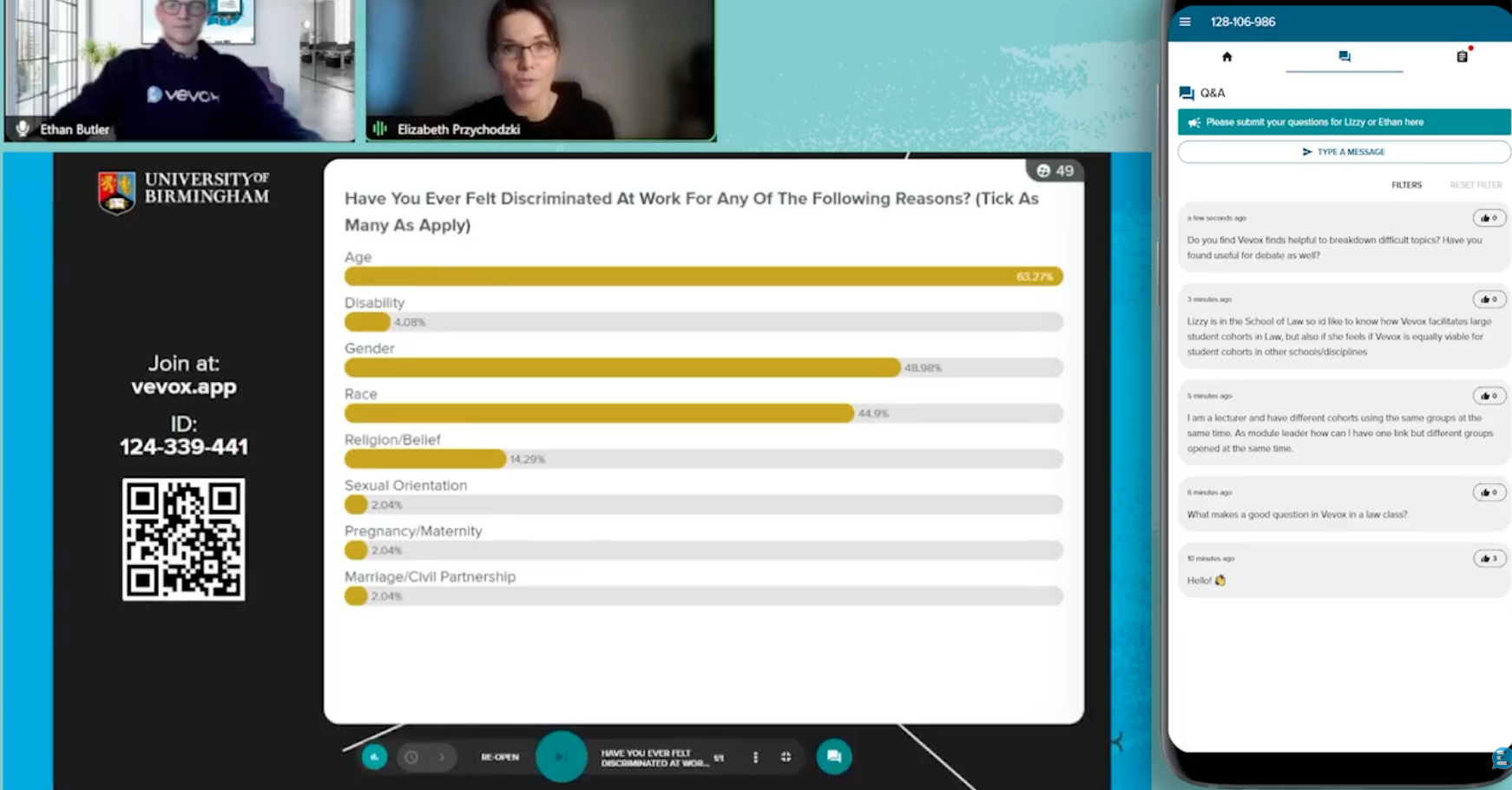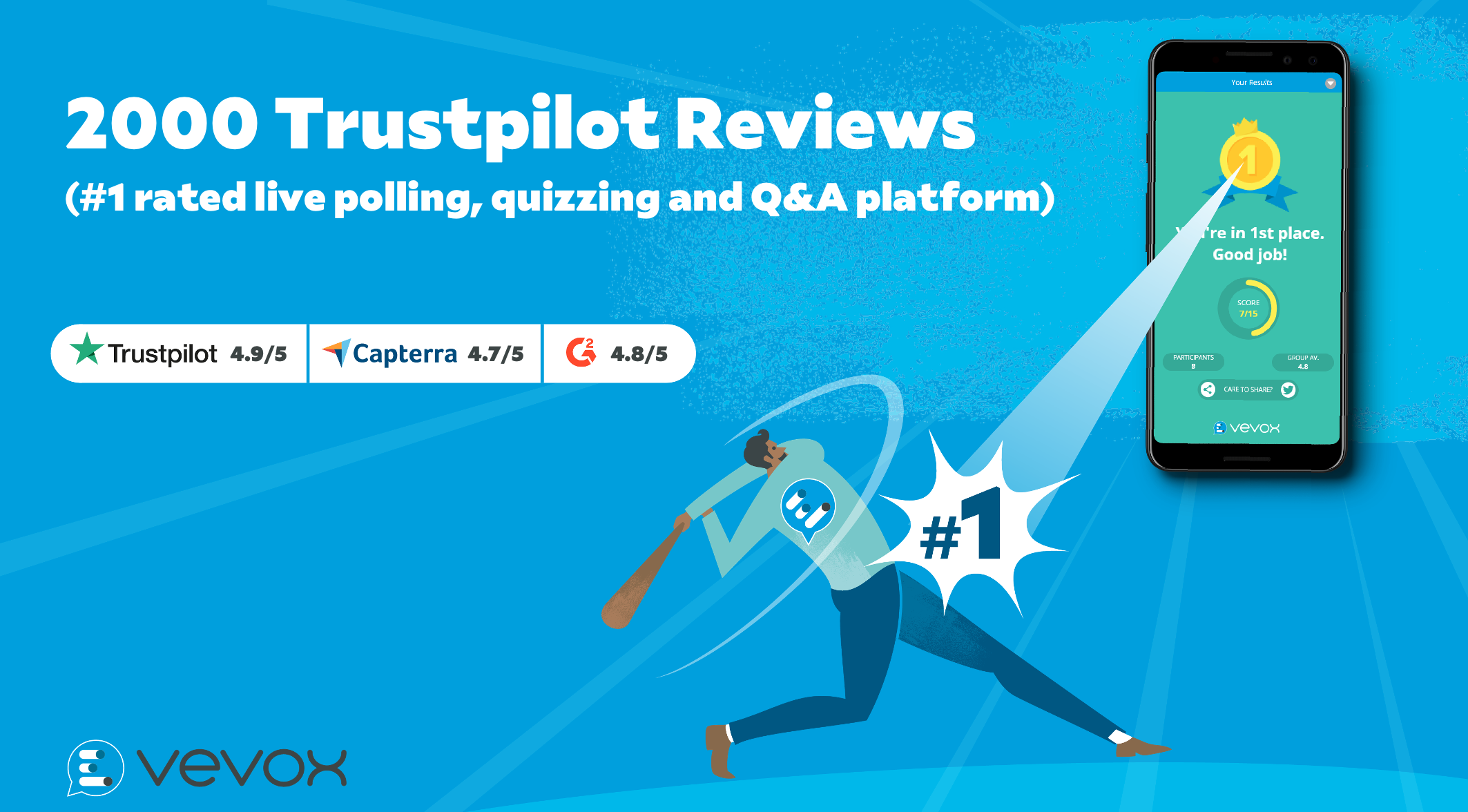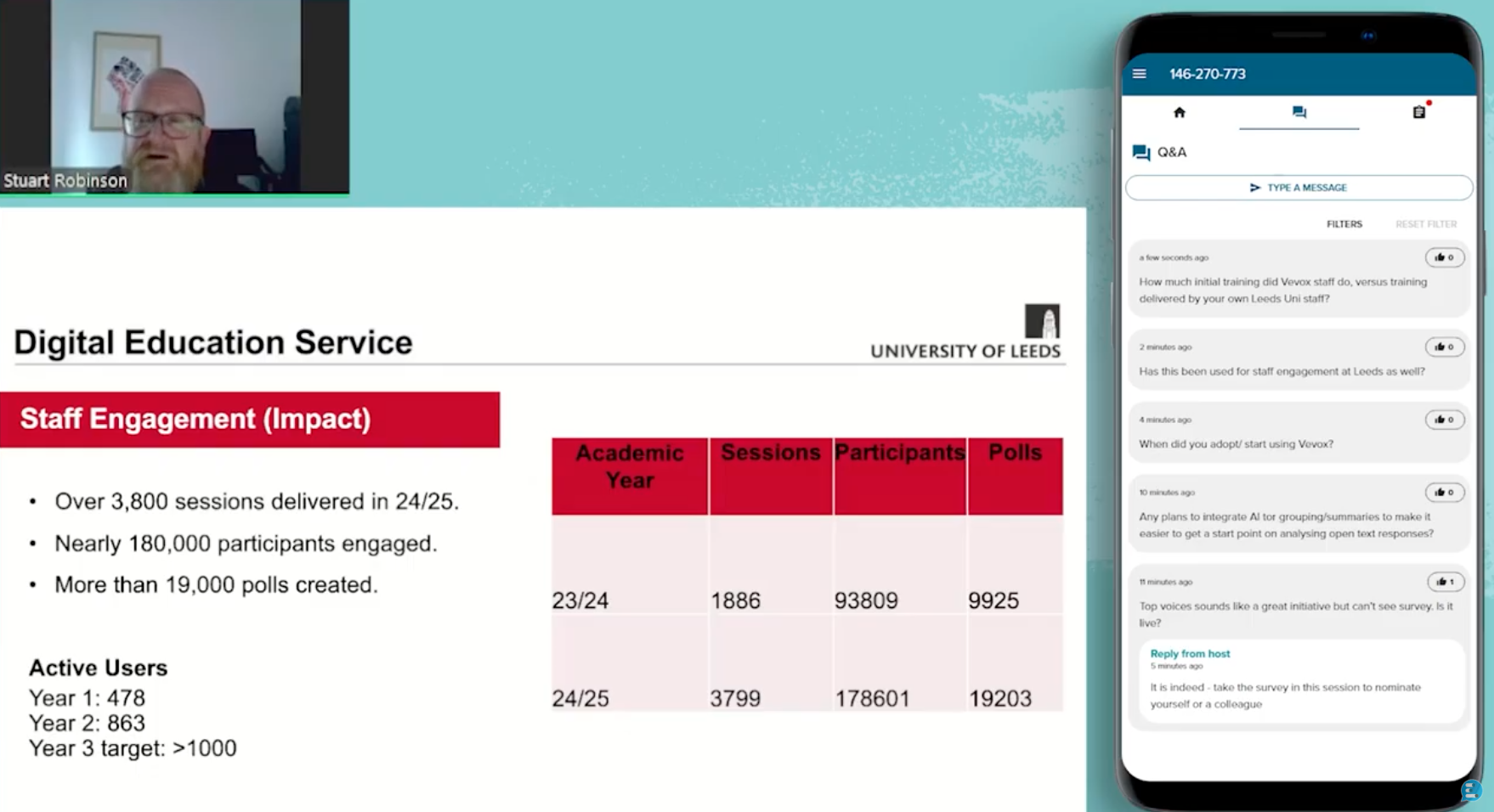I recently asked the higher education network on my LinkedIn and in groups as well for some advice and tips on how to create a positive learning environment for students to succeed.
I received lots of comments and messages with actionable tips, so much so, that I thought I had to group them together to share them an article for others to learn from. Thank you to all of you who share your words of wisdom below!
Please note: all quotes from higher education professionals that were shared with me below via LinkedIn are their own thoughts and not in anyway indicative of their employer.
Listen to student needs and give them a voice
The comments on the LinkedIn discussion emphasized the importance of attentively considering students’ needs, interests, and aspirations. It's vital to actively engage with their thoughts and provide them with the opportunity to express themselves. This includes involving them in decisions about the overall learning experience at universities and colleges, the learning content, ensuring equity within the classroom, and fostering an inclusive environment. Let's take a look at what the experts said.
University of College London

Tom Langston, Lecturer
“As Kyle Dewalt mentions, having their voice heard and considered in the conversation helps promote "buy-in" to the process.
How many times have companies "consulted" the staff to implement what they were always going to do, often then alienating those staff, who proactively look for other work, or change?
If we do that to students, they will drop out. They will leave. We have to be considerate to the ever changing job market and cost-of-living factors that also influence how and when they learn. Again, the best way to do that is through conversations. We may not have the ability to change our official time-tabled hours, but we can use them differently to support student needs.”
University of North Dakota

Madison Torgeson, IT Project Manager
Cal Poly Humboldt

Kimberly Vincent-Layton, Education Developer/Designer
“Intentionally getting to know your students so that you can best support them 😊.”
Midlands Technical College

Kyle Dewalt, Instructional Designer
Make learning an adventure!
The insights from the LinkedIn conversation also showed the need to infuse education with the thrill of an adventure and utilizing storytelling. Engaging students means framing learning as a series of intriguing stories and real-world challenges that prompt critical thinking. By making each lesson part of an exciting quest, education becomes not only enjoyable but also deeply effective. When students embark on this interactive learning journey, they are more likely to be motivated and invested in their learning, leading to success that feels as natural as the adventure itself. Let's take a look at what the experts had to say on this themselves.

James Wilson, Senior Lecturer
Kal Tire

Prabhjot Kaur, Learning Experience Designer
California Virtual Campus

Marina Aminy, Associate Vice Chancellor
“I love these suggestions around making learning an adventure, but I would also call for balancing the newness with a healthy dose of predictability and clarity. Don’t let the adventure be so big that students are lost as to what is expected, what is due, and where to find expectations, clear deadlines, and course requirements. Most teachers will agree that routines and clear expectations generally lead to less choreography, chaos, and confusion.”
Be human, transparent and build relationships
The comments on the LinkedIn discussion emphasized the importance of attentively considering students’ needs, interests, and aspirations. It's vital to actively engage with their thoughts and provide them with the opportunity to express themselves. This includes involving them in decisions about the overall learning experience at universities and colleges, the learning content, ensuring equity within the classroom, and fostering an inclusive environment. Let's take a look at what the experts said.
Southampton Solent University

Sabrina Vieth, Head of Learning and Teaching
Bowen Innovation Group LLC & Goucher College

José Antonio Bown, Principal and Former President
“Build trust; relationships first.”
Higher Education Research and Development (HERDSA)

Marie F, Chair of HERDSA & Former Senior Academic Developer
University Canada West

Shahrzad Parvaresh, Learning Strategist
American University of Armenia

Brent Anders, Professor
University of Saskatchewan

Jerome Cranston, Vice-Provost of Students & Learning
North Carolina Agricultural & Technical State University

Assistant Vice Provost Distance Education & Extended Learning, Tonya Amankwatia
Core Education

Susan Poglinco, Senior Vice President
Your own growth and faciltation skills
Higher education experts emphasize the critical role of personal growth in teaching. As a professor, expanding your skillset is essential. Being fully present in the classroom, engaging with students without ego, and genuinely caring for their success are fundamental. Continuous self-improvement and reflection on teaching methods can greatly enhance the educational experience, demonstrating a commitment to not only impart knowledge but also to foster a supportive and dynamic learning environment where every student feels valued. Here are some of the tips that were sent in to me below around this theme.
University of Hertfordshire

Sylwia Holmes, Head of Department
“That may sound a bit strange but one of the most important things I noticed in over 30 years of working in education is: Leave your ego at home, it's not about you. Teaching is a service, one needs to give themselves up to lift others. That's particularly important in HE where fragile egos do a lot of damage.”
Online Learning Consortium

Jennifer Mathes, Chief Executive Officer
“My top tip is to be present. Just like in a traditional classroom, in online learning, your learners want to know that you are in the classroom too. They can't interact with you like f2f classrooms, so you can establish your presence by starting the class with a welcome video, add in weekly announcements (or videos), respond in a timely manner and give them valuable feedback.”
Aberystwyth University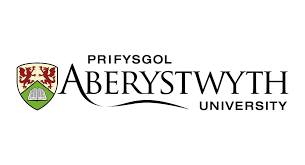
Bruce Wight, Lecturer in Business Management
Pinellas Technical College
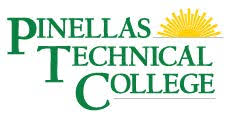 Dr Nerina Stepanovsky, Emegerncy Services Instructor
Dr Nerina Stepanovsky, Emegerncy Services Instructor
“Model the way.”
The use of interactive technology to make classes inclusive
Higher education experts highlighted the transformative impact of interactive technology in leveling the academic playing field. By incorporating innovative tools into the classroom, educators can create an inclusive space where all students have equal access to learning. This approach ensures that content is not only engaging but also accessible to everyone, thereby catering to diverse learning styles and abilities. Interactive tech has the power to bridge gaps, making education a more equitable and immersive experience for every learner. See what the pros had to say on this below.
University of Central Lancanshire

Jane Fitzgerald, Senior Lecturer
“My top tip is to use Vevox in ways that make the students think, not just respond (though just responding for an icebreaker is ok)...... give them choices, not closed questions, and give them the time to think about it, and then use the outcome for discussion rather than just an output...... thank goodness Vevox enables that really well in all sorts of ways! And isn't it exactly that which makes the difference for students? Engaging students in active thinking and learning means they are learning at a much deeper level and helps to embed that learning in their psyche...... the ability to think critically is essential for future success!”
South East Technological University
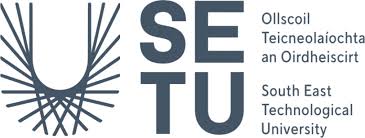
Emmett Cullinane, Learning Designer
“Give learners a "way in, instead of a way out". Use tools like Vevox to give learners an easy way into the session/class Lovely slogan Emmett - what does that mean in practice???? Glad you asked... And it looks something like this.....
- Create Vevox
- Share QR codes and join in codes
- First question = ICEBREAKER
- This is an easy way for everyone to join.
- The icebreaker is simply a bit of fun, nothing too taxing on the brain, just simply a way in, to show learners how easy it is to join
- Icebreaker first
- Inform everyone to keep the session open on their device
- And now that they "are in" - you can hit them with the good stuff related to the subject/topic/class later - it could be wordclouds, polls etc
You and they have overcome the fear or tech friction of joining in. As I repeatedly say - Vevox "gives everyone in the room a voice" and that is only a good thing.”
Brandeis University

John McCormick, Associate Director of Learning Design
“Support learners' self-regulatory agency and help them build effective learning strategies. Use technology to support this, while attending to human values and interaction.”
Skills for Care
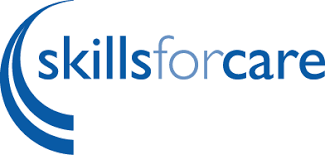
Nick Black, National LMS Lead
1. Manage expectations - be clear with students from day 1 what you expect them to do.
2. Engage yourself - you can't setup fancy interactive and collaborative content such as discussion boards and then expect the students to post on there while you ignore their comments and posts.
3. Believe in the tech - don't go into courses with a negative attitude in front of your students. Even if you find the tech difficult to use you should always be positive about it to your students.
4. Think about the end user - it's about how they are going to access it, not how you want it to look
5. Learning about accessibility. It doesn't take much.
- Font (size and typeface and limit the amount of words on slides)
- Colours (avoid low contrast)
- Captions (provide them for video content)
- Format (use accessible documents such as PDF)”
The future of higher education
The discussion with higher education experts highlighted five pivotal themes: understanding student needs, giving everyone an equal voice, interactive learning, fostering human connections, and educator growth. As we move forward, it is clear that the collective wisdom of educators, learning designers, administrators, and policymakers will be instrumental in shaping the future of higher education.
Thank you to all contributors for offering their invaluable insights, enriching our dialogue, and reinforcing the collaborative effort to enhance learning for students everywhere. Please do continue to add to discussions where you can. You can find me creating discussions and collating tips over on LinkedIn here.

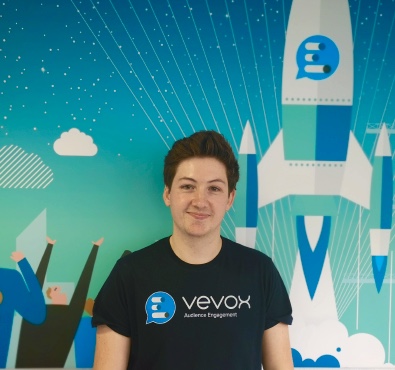
-(3)_1.png)
